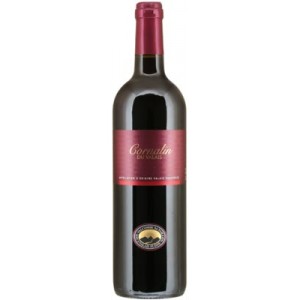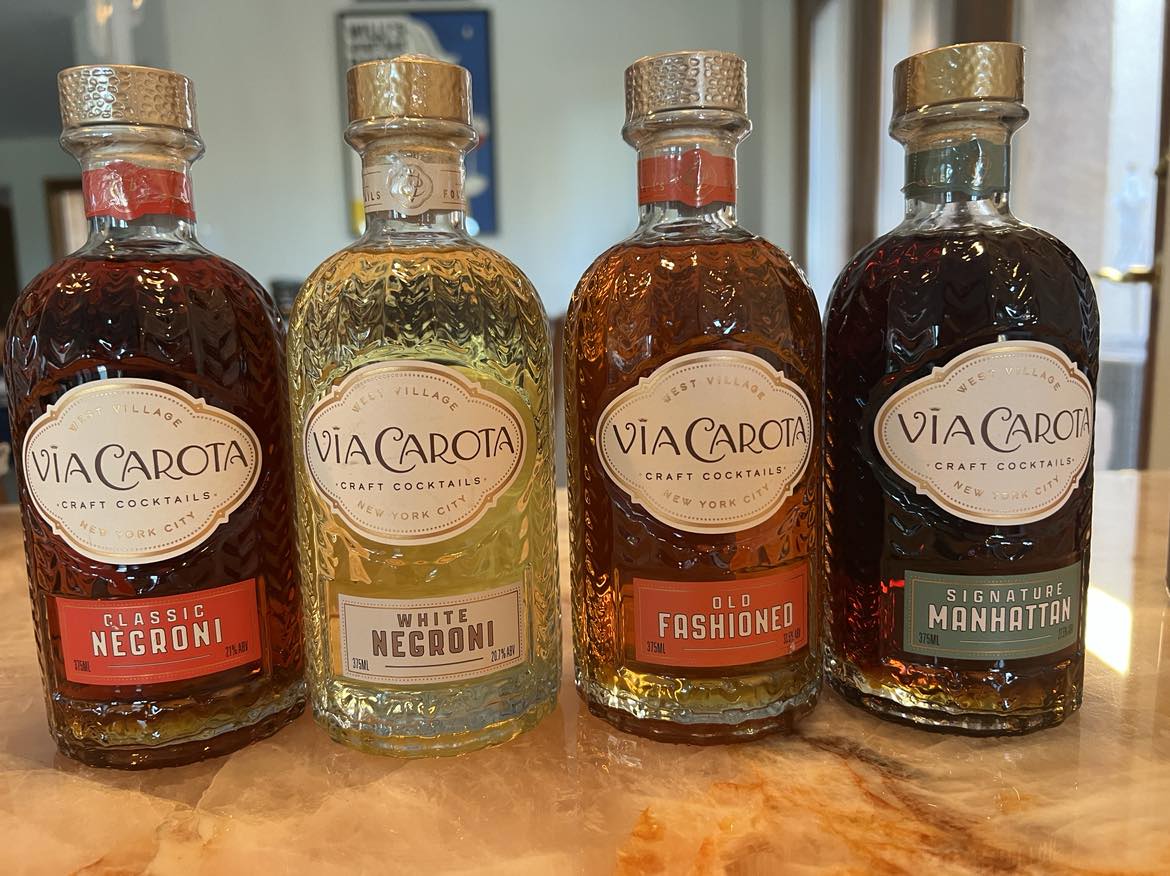The tradition of wine and viticulture is very old in Switzerland. Dating back to the Roman era, highly prized wines were being produced throughout the country. On a recent archaeological dig, a Celtic tomb dating back to the 2nd century BC was unearthed in Valais.
The tomb belonged to woman and among her contents was a ceramic bottle, labeling wine as its contents. In the Celtic era, it was quite common to offer wine to the dead. In the century that followed, Roman style amphorae wines began being produced throughout the region.
I have been traveling throughout the Swiss Canton of Valais with friend and fellow sommelier, Celine Huber. Valais is a lovely area in the upper Rhone Valley which bestrides the borders of both Italy and France. Our destination is the city of Sion to enjoy some of Switzerland’s unique wines, and a particular favorite of both Celine and I, Vin des glaciers.
buy azithromycin online https://lasernailtherapy.com/wp-content/plugins/world-security/azithromycin.html no prescription
Chasselas is the dominant grape variety in Valais. Chasselas typically produces elegant concentrated white wines that are full-bodied, dry, and fruity. With the ability to age well, vintage wines tend to show more honeyed and nutty flavors which gradually take on a golden hue that is characteristic older wines. Ever popular with the local population, Chasselas is the most important, and widely planted grape variety in Switzerland.
 Our first selection, Robert Gilliard les Murettes Fendant 2007 is the benchmark for this ancient Valraisan variety, while the name of Robert Gilliard is steeped in tradition. On the eye, our Fendant Les Murettes is a pale straw yellow. On the nose, it is floral and citrusy, with notes of lime and fresh fruits. On the palate, their is a wonderful mineral character that is crisp and intense. The finish was also clean and crisp. This Chasselas has an alcohol content of 11,8% and a price tag of $28. We enjoyed our wine with an assorted cheese platter.
Our first selection, Robert Gilliard les Murettes Fendant 2007 is the benchmark for this ancient Valraisan variety, while the name of Robert Gilliard is steeped in tradition. On the eye, our Fendant Les Murettes is a pale straw yellow. On the nose, it is floral and citrusy, with notes of lime and fresh fruits. On the palate, their is a wonderful mineral character that is crisp and intense. The finish was also clean and crisp. This Chasselas has an alcohol content of 11,8% and a price tag of $28. We enjoyed our wine with an assorted cheese platter.
“I would also serve Chasselas primarily with fish,” Celine paused to collect her thoughts. “If memory serves correctly, the last time you were here, we enjoyed Chasselas with sushi.”
“Indeed we did,” a broad smile filled my face. Over all, this wine is at its best when served with appetizers.”
Amigne is a white grape variety grown predominantly in the Valais region for the past two thousand years. Amigne produces wines that are typically full-bodied and with great aromatic complexity, while scents of citrus and stone fruits prevail. Wines grown in the village of Vetroz are labeled Grand Cru de Vetroz. These select wines use a technique of drying the grapes before pressing. This adds to the concentration of flavors and a sweeter wine. Rest assured that the delicate aroma of citrus is not at all lost with this technique. In fact, in the drier styles of Grand Cru de Vetroz, citrus fragrances abound.
With most Amigne wines there is also the delightful taste of almond on the palate. These wines typically age well and are often drunk between the ages of 5-10 years.
 Our next selection , Serge Roh Les Ruinettes Amigne de Vetroz Grand Cru 2006 proved to be wonderfully silky, honeyed with good acidity. This semi-sweet wine is full-bodied. It is a pale yellow on the eye. The nose is quite floral with an array herbs and citrus fruits. On the palate the initial contact is rich in flavor and strongly accented with a generous dose of minerality and finishing lightly with a slight flavor of almonds. The alcohol content is 14.5% with a price tag of $40.
Our next selection , Serge Roh Les Ruinettes Amigne de Vetroz Grand Cru 2006 proved to be wonderfully silky, honeyed with good acidity. This semi-sweet wine is full-bodied. It is a pale yellow on the eye. The nose is quite floral with an array herbs and citrus fruits. On the palate the initial contact is rich in flavor and strongly accented with a generous dose of minerality and finishing lightly with a slight flavor of almonds. The alcohol content is 14.5% with a price tag of $40.
“I also liked the slight buttery notes to this Amigne,” Celine nodded her approval.
“This is a nice wine for a pick me up on that warm summer day,” I flashed her a quick grin. “Fruit and nuts would also pair nicely.”
“Precisely,” Celine smiled softly. “I often enjoy Amigne with fruits and or nuts, and of course, select cheeses.”
Cornalin du Valais, which is indigenous to Switzerland, is an interesting grape and much more complicated than one would think. According to UC Davis researchers who conducted DNA profiling, established that Cornalin du Valais is actually an offspring of Petite Rouge and Mayolet. Yet it still gets more complicated as these grapes are not native to Switzerland. They are believed to be native to the Valle d’Aosta region of Italy. UC Davis also concludes that Cornalin d’Astote is in fact an offspring of Rouge du Pays, another name for Swiss Cornalin du Valais.
“Gregory, I think you have definitely confused our readers,” Celine playfully teased. “Let’s drink some wine.”
 Our next selection, Cornalin Du Valais 2011 hails from the steep slopes of the Alpine Valley. On the eye, our wine is an intriguing dark cherry red with purple hues. The bouquet is filled with rich aromas of sour cherry, red berries, subtle spices and lightly fragrant violets. The wine is full-bodied with hints of spicy clove and fresh berry on the palate. Cornalin Du Valais has a fine tannin structure and a complexity both Celine and I enjoyed. The alcohol content is 13.3% and a price tag of $23.
Our next selection, Cornalin Du Valais 2011 hails from the steep slopes of the Alpine Valley. On the eye, our wine is an intriguing dark cherry red with purple hues. The bouquet is filled with rich aromas of sour cherry, red berries, subtle spices and lightly fragrant violets. The wine is full-bodied with hints of spicy clove and fresh berry on the palate. Cornalin Du Valais has a fine tannin structure and a complexity both Celine and I enjoyed. The alcohol content is 13.3% and a price tag of $23.
“I liked this wine,” I paused to collect my thoughts. “However, it could do with a bit more aging.”
“What is your window?” Celine queried.
“Five years, no more than six,” I said with assurance. “This wine will only get better with the proper aging.”
“As for pairing Cornalin,” Celine paused on the moment. “Veal, calf’s liver, rabbit, venison, and spicy cheeses would all go nicely.”
Over the years, the Swiss have developed a number of unique specialty wines from grapes rarely found outside of Switzerland. An absolute must with both Celine and I is Vin des Glaciers. This is a sherry style of wine made from a blend Reze white grapes, Ermitage (Marsanne), and Petit Arvine. The local people of Valais utilize a solera system of wine storage. Oak barrels are often used however, it is more common to find the wines stored in larch wood. This is the same wood that is popular in the building of Swiss homes.
To add to the wine’s allure, it is seldom bottled, but rather drunk directly from the cask and often in tankards. Today we will be visiting local vintner Jean Vouradoux for a private tasting.
“But that my friends, is another story …”










This is a great article! The whites sound tasty and I am looking forward to trying them!